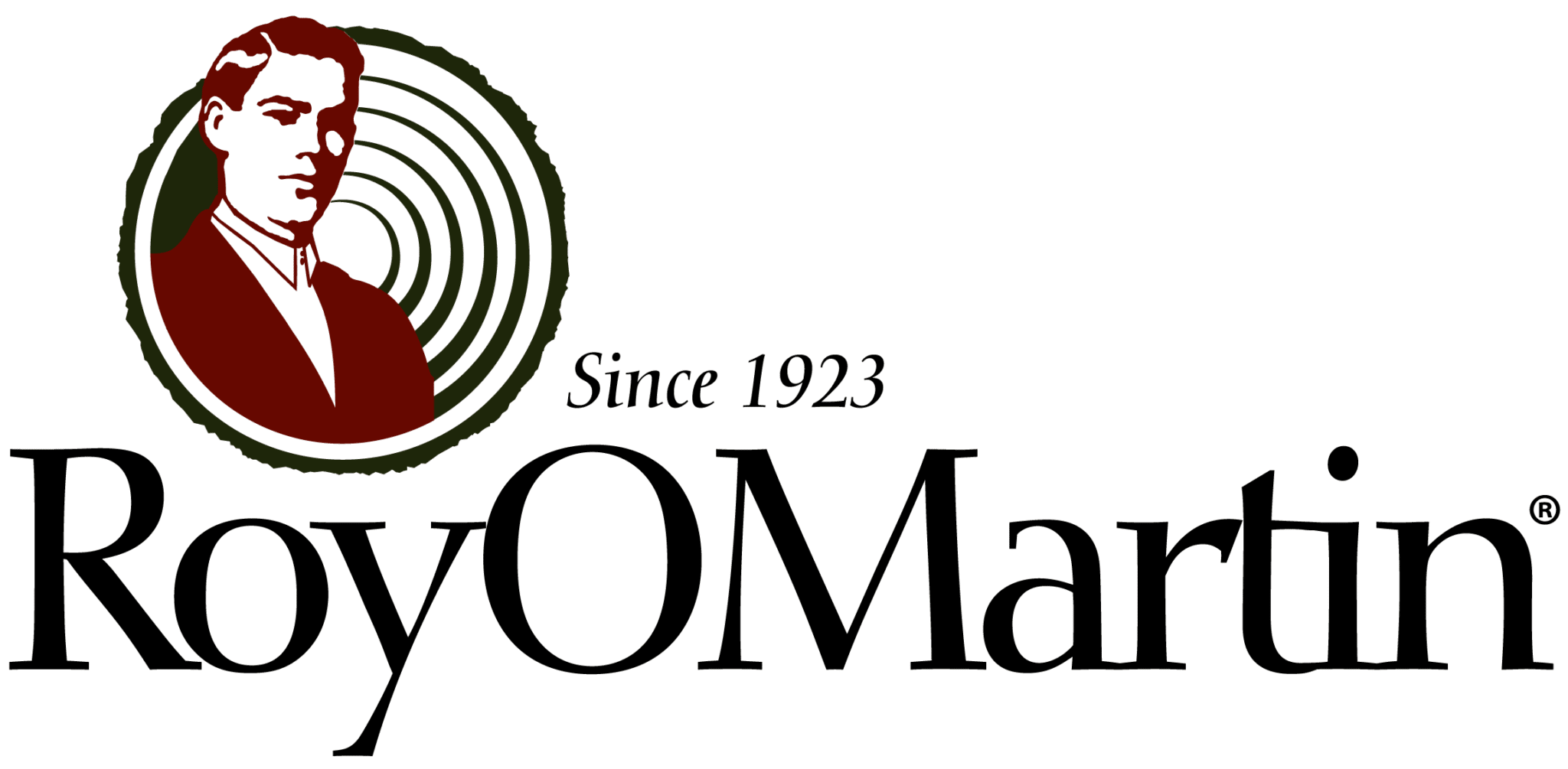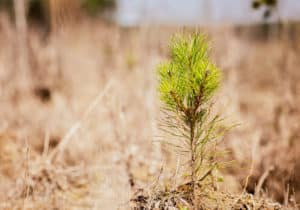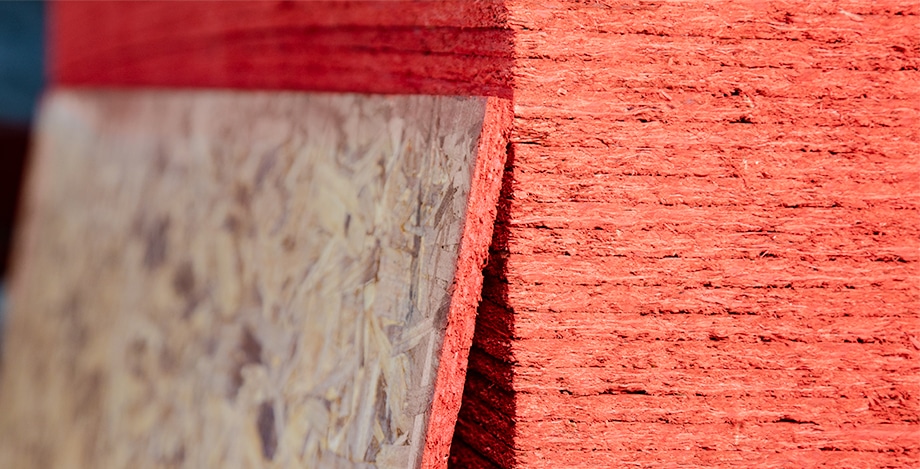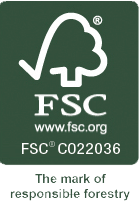Whether you’re a veteran of the construction industry or you’re new to the trade, there’s a good chance that you’ve used OSB in your projects. And for good reason. This wood product is tough, affordable, and sturdy—making it the ideal material for roofing and sheathing. But have you ever asked yourself, “What is OSB?” And have you wondered how this construction material is made? If so, RoyOMartin is here to help! Learn what OSB is, as well as what it’s used for. Explore our process of producing OSB at our manufacturing facility in Oakdale, Louisiana.
What Is OSB?
If you’ve ever wondered, “What is OSB?” you’ve come to the right place for answers. Oriented strand board (OSB) is a versatile wood product widely used in construction. It is generally incorporated into structural and non-structural production and is a top choice for roofing and sheathing. Panels are made of engineered wood with compressed cross-oriented wood strands. They are treated with a waterproof adhesive to form a durable, warp-resistant board. The process takes trees that would otherwise be wasted, cuts them into strands, and creates strong, durable planks.
How It’s Made
Now that you have a clearer picture of what OSB is, let’s look at how it’s made. In the YouTube video above, we take you through each step of the process at our Oakdale, Louisiana, manufacturing facility.
Stacking & Aging
First, trucks bring stacks of logs into the mill. Next, the logs are unloaded from the trucks using two gantry Kone cranes. To give an idea of how powerful these cranes are, they can pick up an entire truckload of lumber in one “bite.” The cranes are used to stack the wood in zones, where it is aged for approximately two weeks.
Separation & Drying
After the aging process is complete, the logs are taken to infeed decks and fed into debarking drums. Once the bark is removed, the logs are run through stranders which cut them down into 2” by 6” by .03” strands. The strands are moved to bins until they are ready to enter the dryers: large, heated, rotating cylindrical drums.
The strands are then dried, moved to the screens building, and separated by size. Smaller strands become core material, while larger strands become face material. After being separated, both types are sent to dry bins for storage.
Applying the Finishing Touches
Next, the strands make their way to the blenders where resin and wax are applied. On the forming line belt, short strands (core material) are then sandwiched between long strands (face material) in a cross-oriented pattern. The mats are cut into panels with a saw, moved into a loader cage, and pressed.
The press is heated to 415°F and cures the resin in the strands as they are pressed. Panels are then cut into the desired shapes and sizes using saws. Finally, the panels are stacked into units, painted and sealed, and prepared for shipment to customers.
Choose RoyOMartin OSB for Quality You Can Rely On
We hope this has answered the question of “What is OSB?” and provided insight into the OSB manufacturing process. The next time you see OSB featuring the RoyOMartin logo, you’ll know exactly how those panels were made, from start to finish. If you have any questions about OSB or any of our other products, call 1-800-299-5174 or contact us online. Build better with RoyOMartin.
